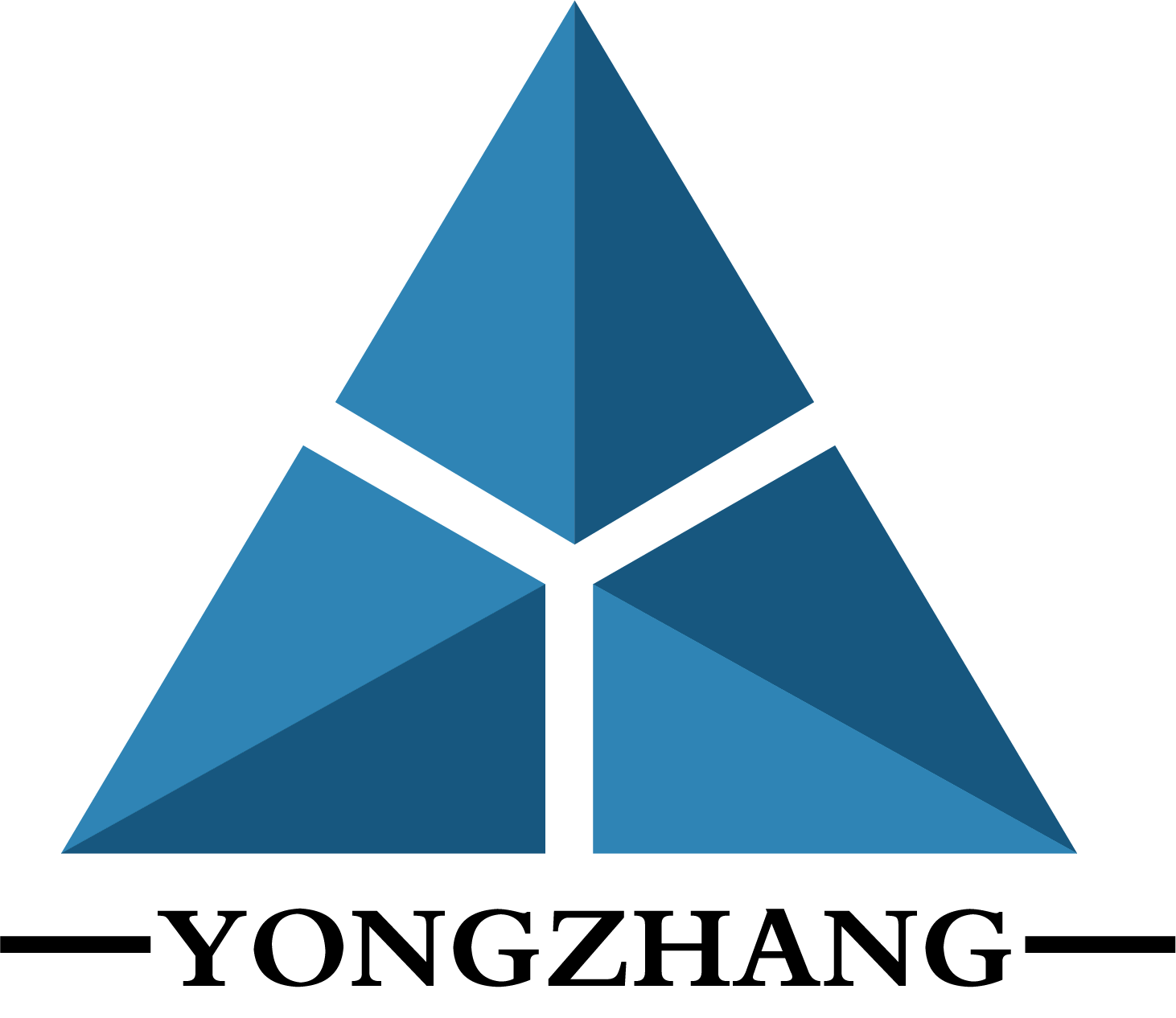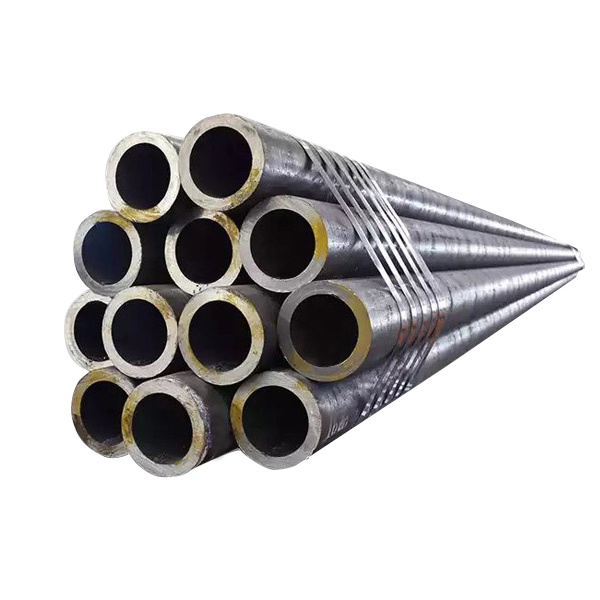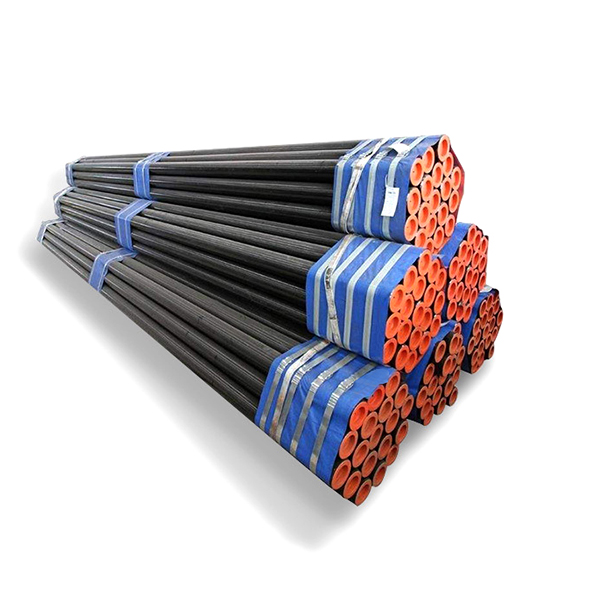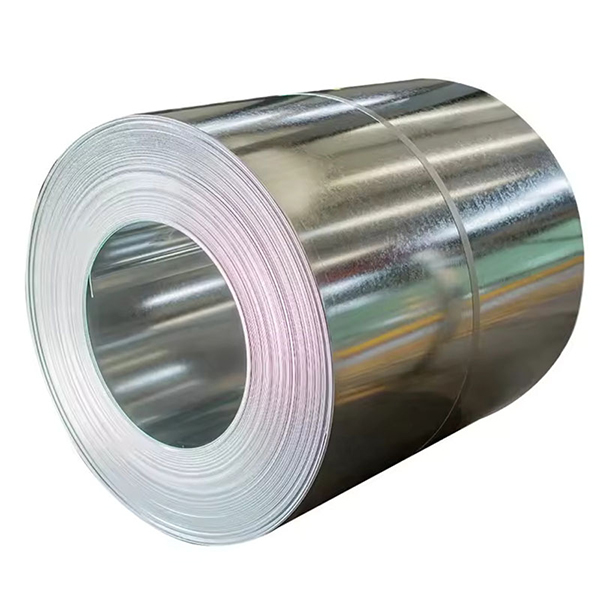The importance of steel plates: on the diversity and application prospects of steel plates
Steel plate is an indispensable and important material in modern engineering and construction. It has strong adaptability and wide use, so it has been widely used in many fields. In this article, we will delve into the different types of steel plates, production processes, application areas, and the key factors that affect the price of steel plates.
According to different uses, characteristics and production processes, steel plates can be mainly divided into the following types:
1. Cold rolled steel plate: cold rolled steel plate is made of hot rolled steel plate through cold rolling process, its surface finish is high, dimensional accuracy is good, often used in the manufacture of automobiles, home appliances and other high requirements of products.
2. Hot rolled steel plate: hot rolled steel plate is rolled by billet at high temperature, has good toughness and plasticity, widely used in building structures, Bridges, machinery manufacturing and other fields.
3. Galvanized steel plate: a layer of zinc is plated on the surface of the steel plate to enhance its anti-corrosion performance. Galvanized steel plate is often used in roof, exterior wall, movable board house and other building structures.
4. Stainless steel plate: containing chromium, nickel and other alloying elements, stainless steel plate has excellent corrosion resistance, often used in kitchen equipment, medical equipment, chemical equipment and other occasions with high environmental requirements.
5. Patterned steel plate: the surface has a raised pattern and anti-skid effect, often used in the manufacture of stair pedals, factory floors, etc.
The production process of steel plate determines its quality and characteristics. The following are several common steel plate manufacturing processes:
1. Hot rolling process: the billet is heated by high temperature and then rolled, which is mainly used to manufacture thick and medium thick plates. This process can effectively remove the defects on the billet surface and improve the mechanical properties of the steel plate.
2. Cold rolling process: After pickling the hot rolled steel coil, it is rolled at room temperature, and the product has high surface quality and high dimensional accuracy, but the process is more complicated.
3. Galvanizing process: a layer of zinc is plated on the surface of the steel plate, and there are mainly two methods of hot dip galvanizing and electric galvanizing to improve its corrosion resistance.
4. Heat treatment process: Through the heating, insulation and cooling process, change the internal structure of the steel plate to improve its mechanical and physical properties.
Steel plates are almost ubiquitous because of their excellent physical properties and diverse specifications. Its application areas are very wide:
1. Construction industry: Used to manufacture various building structures, such as building skeletons, Bridges, residential buildings, workshops, etc.
2. Machinery manufacturing: manufacturing machine parts, car body and machine tool base, etc., the high strength and durability of steel plate make it an important raw material for the machinery industry.
3. Automobile manufacturing: used for body, chassis, doors, engine parts, etc., cold-rolled steel plate and galvanized steel plate are commonly used materials in the automotive industry.
4. Shipbuilding industry: used for hull, deck, cabin, etc., often use seawater corrosion resistant stainless steel plate and hot rolled steel plate.
5. Home appliance industry: such as refrigerator shell, washing machine liner, etc., requires steel plate with high strength and good surface texture.
The price of steel plate is affected by many factors, mainly including the following aspects:
1. Market supply and demand relationship: the balance of supply and demand is the most direct factor affecting the price of steel plate. When the supply exceeds the demand, the price of steel plate falls; Otherwise, it goes up.
2. Raw material prices: Fluctuations in raw material prices such as iron ore and coke will also affect the cost of steel plates, thus affecting their market prices.
3. Production costs: including energy, labor, technical level and equipment depreciation, etc., these costs will be directly reflected in the price of steel plates.
4. Policies and regulations: environmental protection, tax policies, import and export tariffs and other policy factors also have a significant impact on the price of steel plate.
5. International situation: The global economic situation, international trade friction, exchange rate fluctuations, etc., will have an indirect impact on the market price of steel plates.
As an important industrial material, the diversity of steel plate types, production processes and application fields determines its important position in modern economic development. Understanding and mastering the dynamics of the steel plate market, especially changes in key price factors, is crucial for practitioners engaged in construction, machinery manufacturing, automotive production and other industries. In the future, with the continuous progress of technology and changes in market demand, the steel plate industry will usher in broader development prospects.





